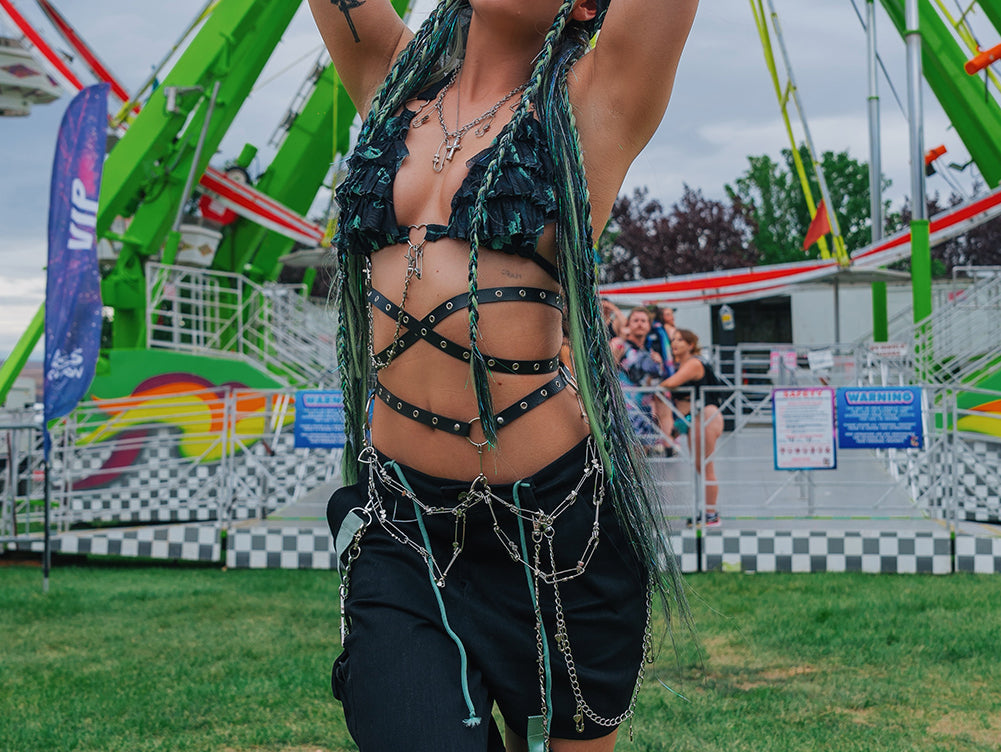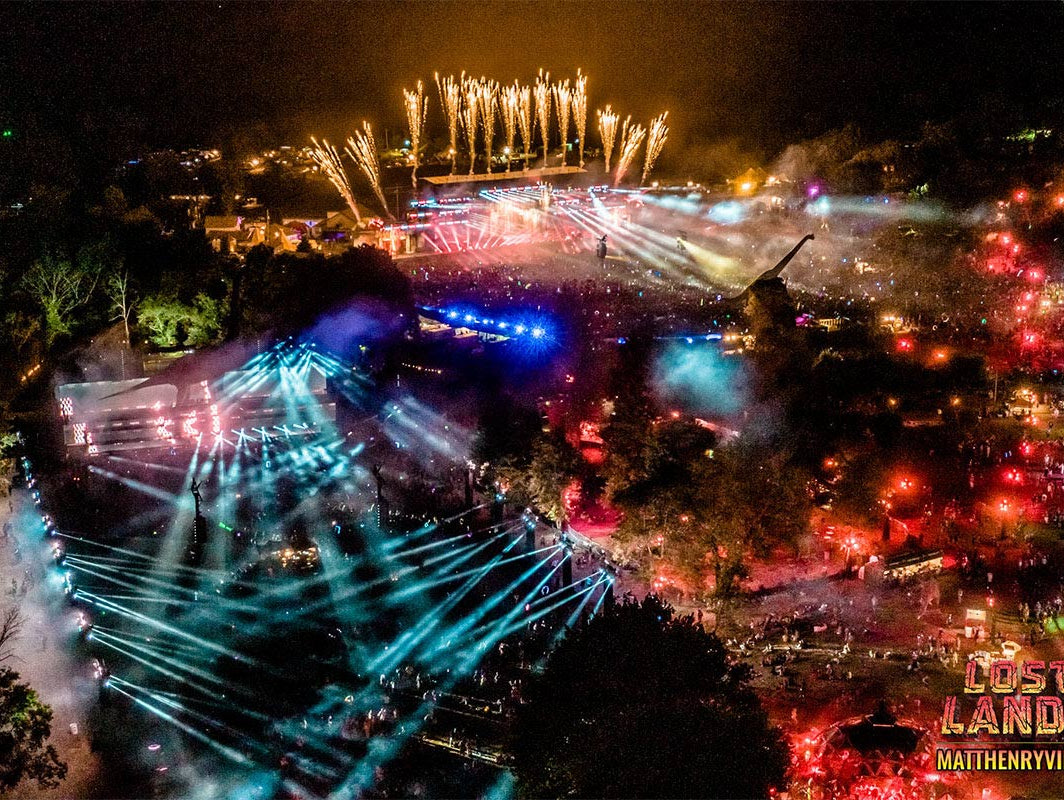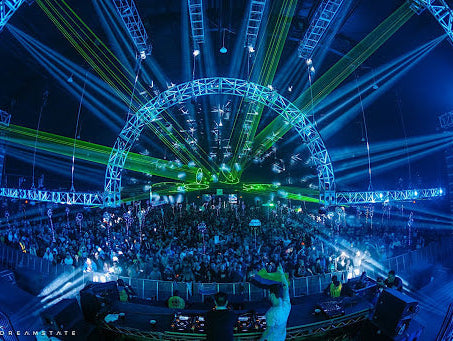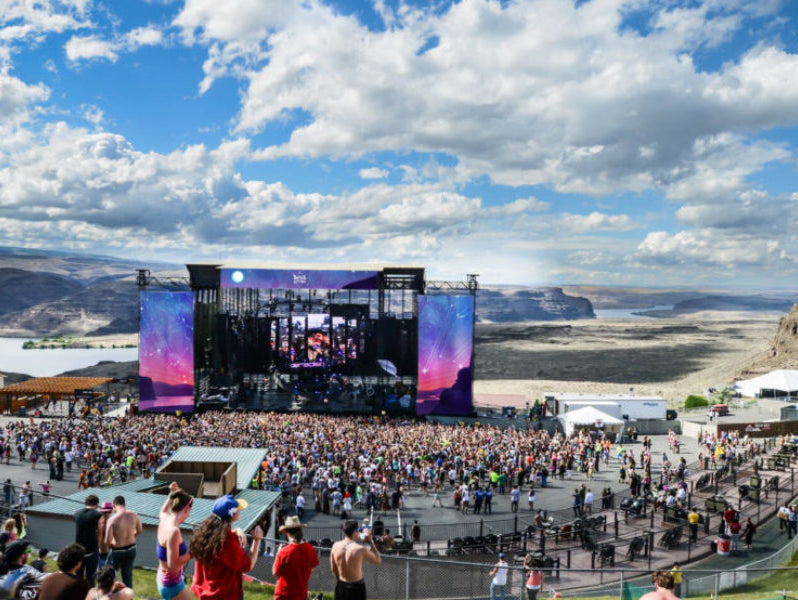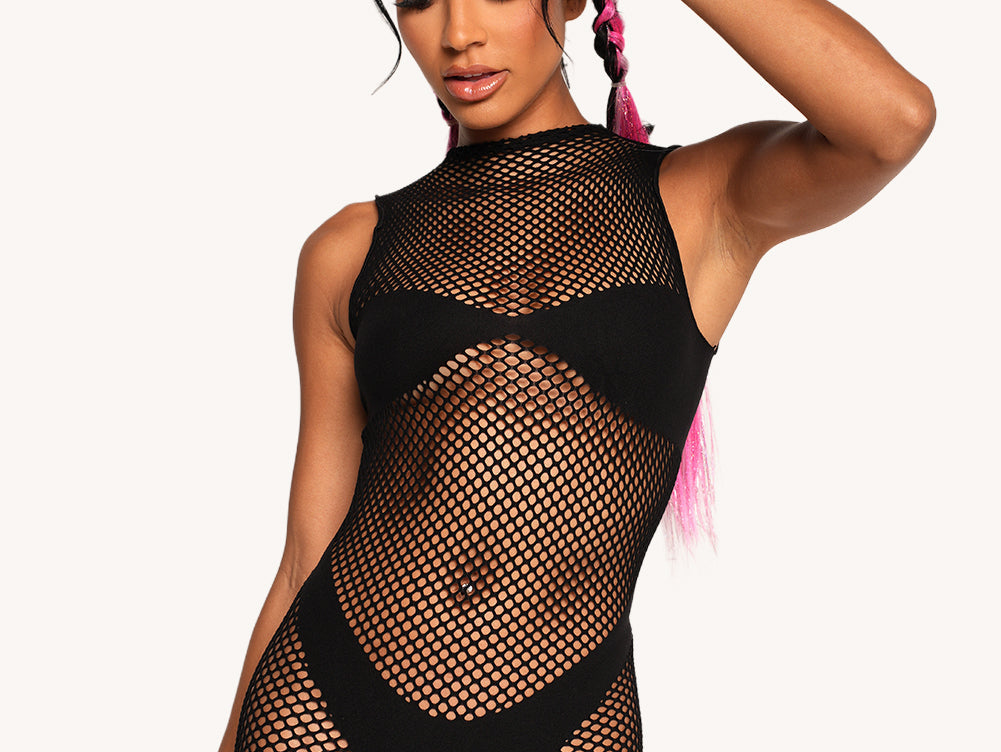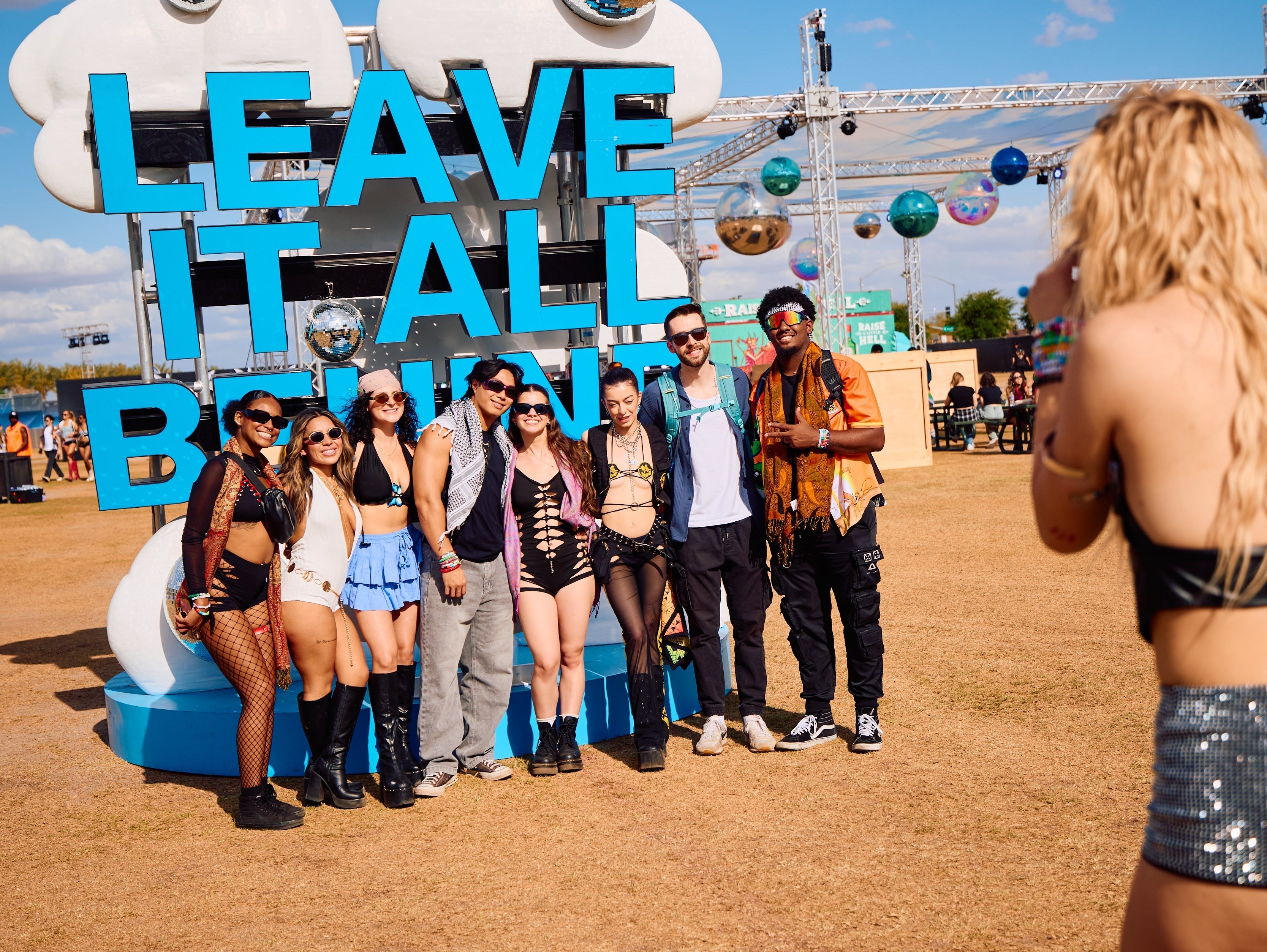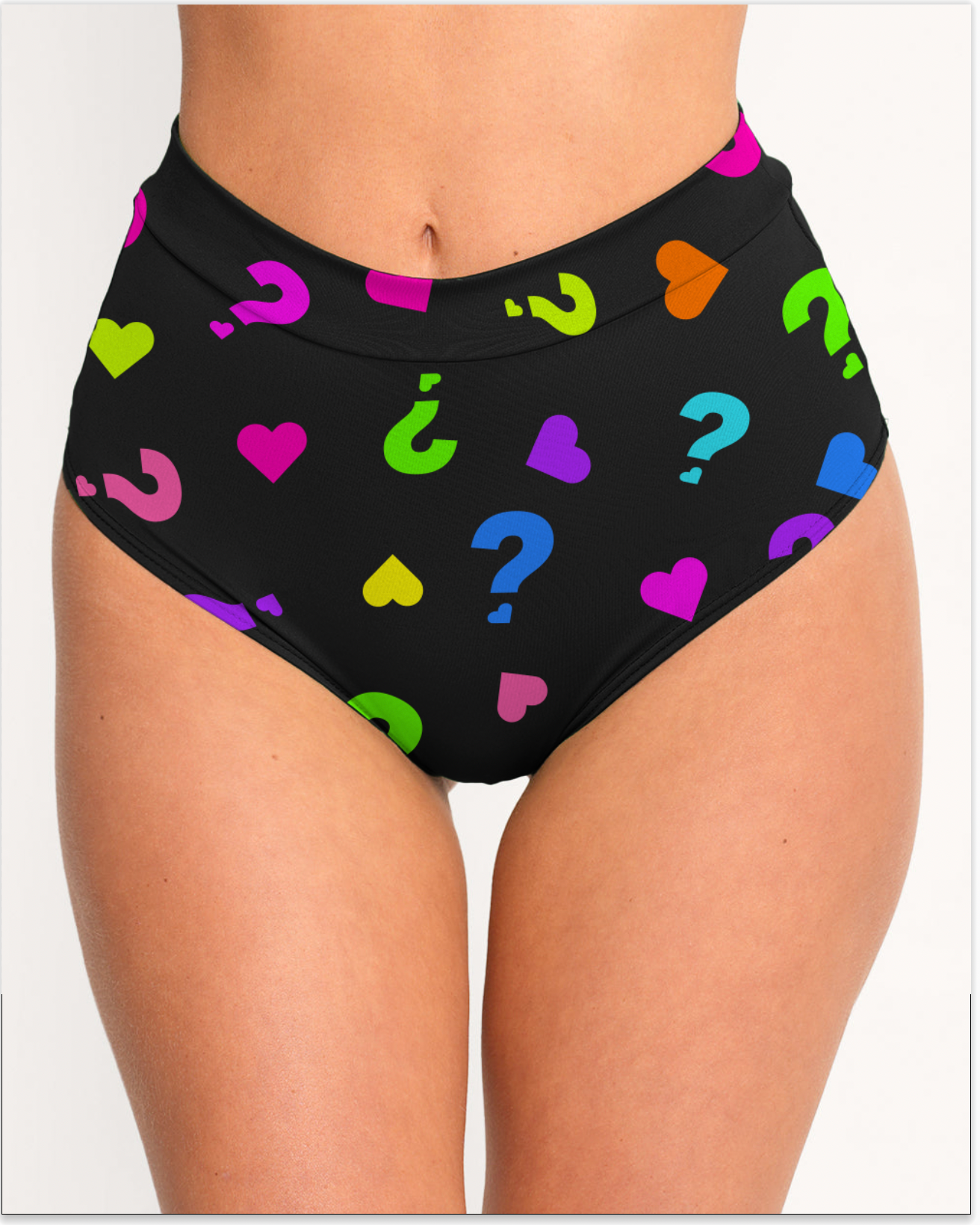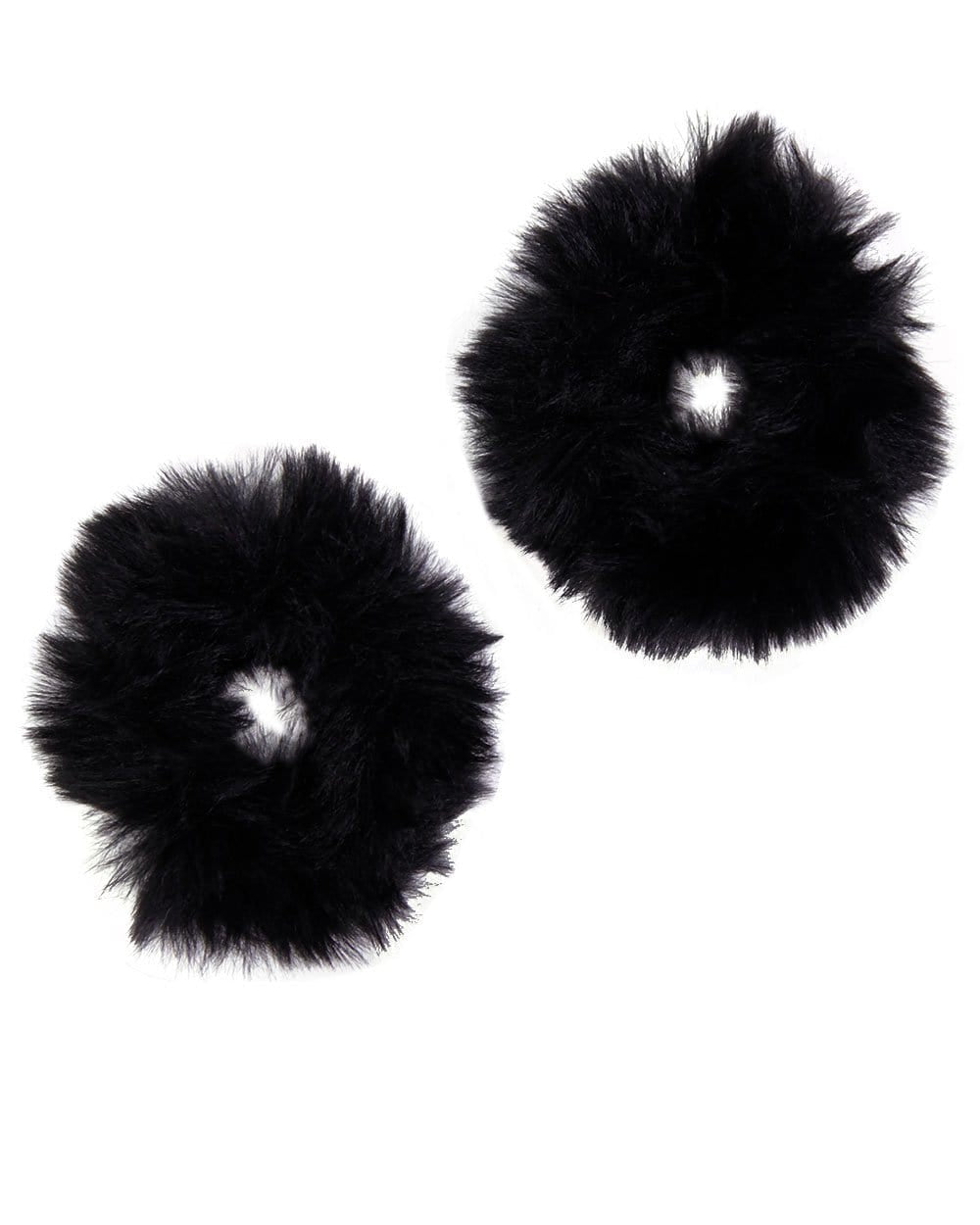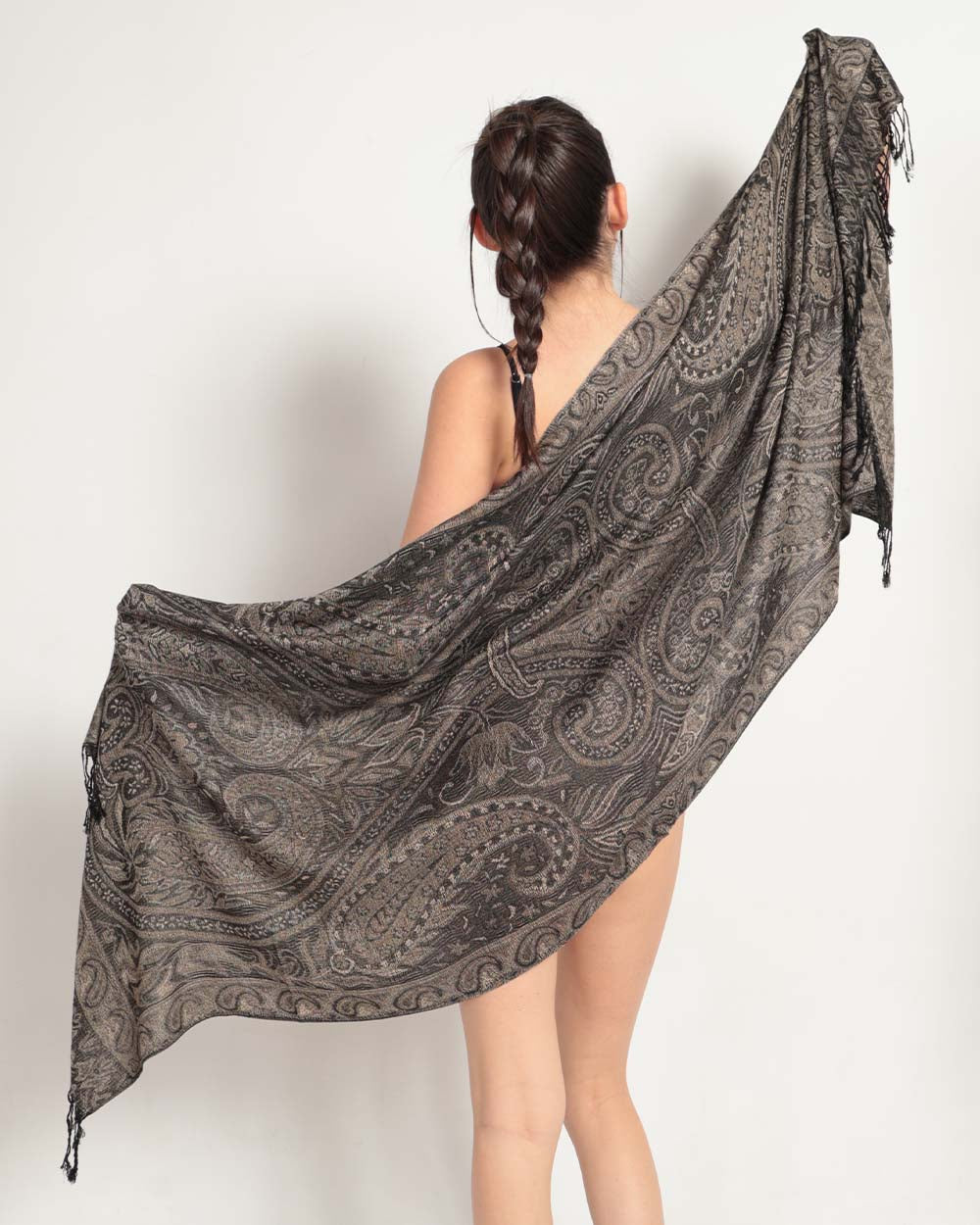One of the most frequent comments I hear when discussing raves is the stereotype around substance abuse at events.
It’s no secret that there is a lingering misconception that festivals are only a means to party, and aren’t about the music, experience or culture. As a raver myself, I know this is far from the truth for majority of festival goers, myself included.
Are there people that use/abuse substances at EDM shows? Of course. If we’re being real, I think we can all agree that drug and/or alcohol abuse is present at most events, regardless of genre. So, why are ravers left with such a heavy stigmatization?
I find that when I combat this stereotype with the obvious, “you know that’s not what EDM shows are all about, right?” I’m often left with eyebrow raises and silent screams of, “yeah, right."
It seems like the people with the strongest opinion about ravers tend to be those who have never actually been to an electronic event. (But it isn’t exactly news that humans often judge what they don’t know).
I wanted to dive deeper into the topic of sober raving and look past the lens of my own personal experience. So, I decided to dig up some truth and have open and honest conversations with active festival goers.
In order to protect their identity, the names of all listed sources has been changed unless otherwise indicated.
Alan Nelson is both a festival attendee and volunteer, offering a helping hand with harm reduction crews. While it is mandatory to be sober as a volunteer, Nelson says he sticks with the non-enhancement route even while off the clock, aside from the occasional drink or two.
“My personal feeling is that I don’t really understand the need for any enhancements because I am one of those people who actually experiences a euphoric feeling from some music. It sends chills up my spine in some cases, and it makes me so happy to be in a crowd of people that enjoy the music as much as I do,” says Nelson. “I want to remember everything I see and do. Life is an experience to be lived, memories are what we keep! [However], I will never look down or ridicule anyone for their choices to enhance their experience.”

Nelson isn’t the only community member who uses the crowd’s energy to feel euphoria.
Arthur Fellock, an active member of the electronic scene, has been attending music festivals for the past six years. While the strobing lights haven’t always found him sober, Fellock says sobriety is now his preferred way to rave.
“I think sober raving should be encouraged way more than it currently is. As someone who has experienced both sides, I think the biggest fear people have is that they’re worried they won’t have as much fun sober. Personally, I found the opposite to be true,” says Fellock. “Choosing to rave sober allows me to remember and fully appreciate the sets I’m paying to see, and it lets me experience everything for what it is. That being said, if someone wants to rave under the influence I think it’s important not to judge them for it, to each their own, right? Creating a judgment-free place is what the EDM community is all about. Of course, if you are using substances it’s important to always be safe, and if you do find yourself in an unsafe situation make sure you utilize a harm reduction team. That’s the most important thing.”
For ravers like Nelson and Fellock, adrenaline and heavy bass are the only stimulants they need rushing through their veins. However, not all festival goers feel the same way.
Event attendees such as Steven Simon say that while “[attending festivals] is all about the music and the people,” the use of drugs and alcohol do contribute to their overall experience.
“These things should be tools to enhance the experience and not be the reason for it in the first place. Sober raving as a statement can be a great tool to foster more responsible rave goers, and if party favours are going to be used then be smart and be safe...A safe time can always be a good time,” says Simon.
While illicit substances -and in rare cases, alcohol- are banned at events, the most important thing for attendees to remember is to rave safely. If you do choose to use drugs or alcohol, making use of harm reduction teams, safe spaces, testing kits and water stations is critical. A safe rave = a fun rave.
The implementation of harm reduction teams, such as Ankors and Indigo in Western Canada, work to provide information, safe spaces, testing services and harm reduction practices in order to provide safe festival experiences, free of judgment. Ground Control and Conscious Crew are also amazing safety teams on the West Coast in the United States. Be sure to google if the event you’re attending has a safety crew on site.
Harm reduction teams also alleviate stress from on-site medical teams, and reduce the amount of people sent to medical tents and hospitals. You won’t get in trouble or kicked out of the event if you or a friend needs help, or even just a safe space to chill if things get out of hand. Often times, harm reduction teams even have things on site such as water, bananas, Tylenol or Pepto Bismol.

Photo provided by Indigo
“I wanted to bring a reliable, safe, professional organization to Alberta that focus[es] on these demographics because there was no current support [being] offered,” says Shelby Young (real name) the director and founder of Indigo.
Young says that being a member of the EDM community herself, she has witnessed first hand the level of risk and danger that can occur at events without proper information, education and safety measures put in place.
“We strive to deliver access to scientifically-based harm reduction strategies and services to promote health education in a safe, supportive and unbiased environment. We encourage community members to make conscious, well-informed decisions for their health and well-being...We do not encourage any consumption of drugs or condemn, but acknowledge harmful behaviors that are within the nightlife, large events and festival communities,” adds Young. “A lot of harmful situations can be avoided if you are provided with the right information about the substance, like set and setting.”

However, it is important to remember that despite efforts made by harm reduction teams, the dangers of Fentanyl and Carfentanil remain a very serious reality. Even slight traces of Fentanyl and Carfentanil can be deadly when consumed and do not show up on most toxic screen testing. As these drugs are often passed off as other substances, the safest way to protect yourself from drug-related risk is to refrain from substance use.
I think it’s clear that the truth behind rave culture runs much deeper than labels and stereotypes. Regardless of raving preference -sober or not-, the overarching consensus appears to be simple: don’t judge others for their choices, the music comes first and to always be safe. If someone outside the community really wants to know what makes up the magic behind electronic festivals, experience it for yourself. However, you choose to rave, make sure you do it with an open mind, without judgment and most importantly, do it safely.


